Home>Furniture & Design>Interior Design Trends>What Is Rain Glass
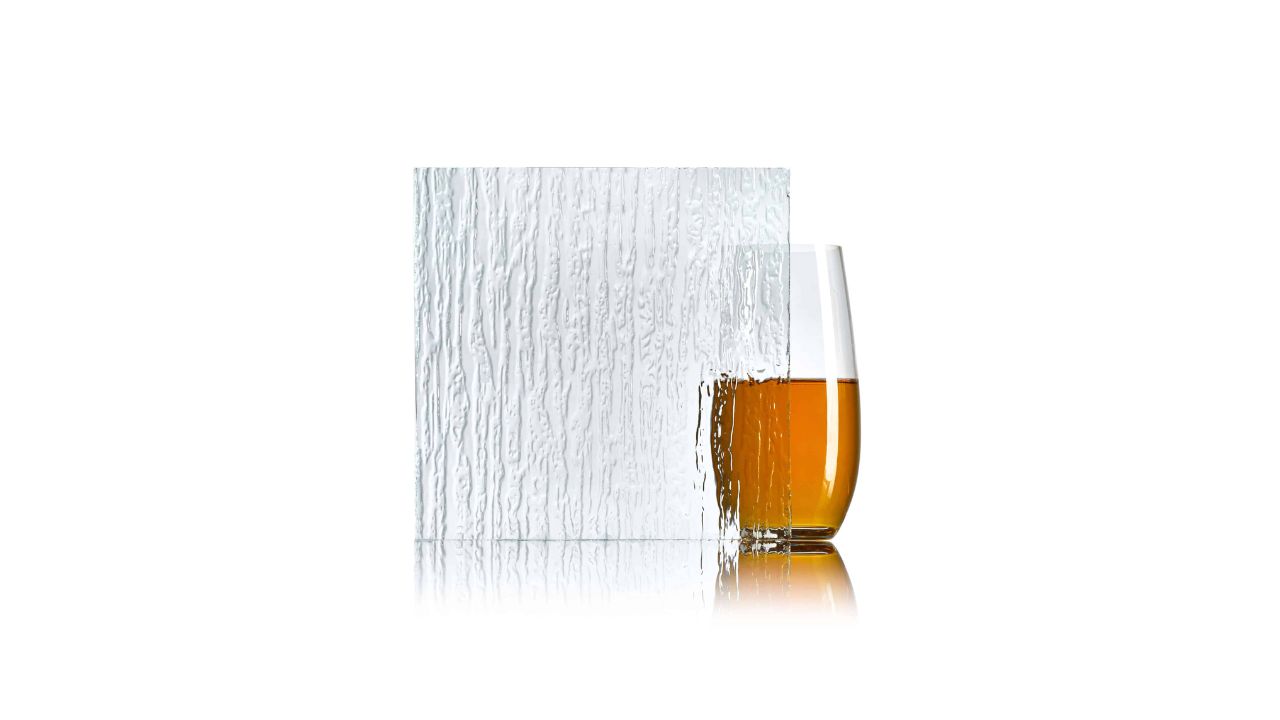

Interior Design Trends
What Is Rain Glass
Modified: March 25, 2024
Discover the latest interior design trend with rain glass, adding a touch of elegance and privacy to your space. Learn how to incorporate this stylish feature into your home.
(Many of the links in this article redirect to a specific reviewed product. Your purchase of these products through affiliate links helps to generate commission for Storables.com, at no extra cost. Learn more)
Introduction
Rain glass is a popular design element that has been making waves in the interior design world. Its unique texture and appearance have captured the attention of homeowners, architects, and designers alike. This distinctive glass type adds a touch of elegance and sophistication to various spaces, making it a sought-after choice for both residential and commercial applications.
The allure of rain glass lies in its ability to strike a balance between privacy and aesthetics. The textured surface of rain glass diffuses light, creating a soft, gentle glow while obscuring the view, making it an ideal choice for areas where privacy is desired without compromising on natural light. This versatile characteristic has made rain glass a go-to option for doors, windows, shower enclosures, and partitions, allowing it to seamlessly blend functionality with style.
As the name suggests, rain glass evokes the tranquil and soothing imagery of raindrops cascading down a windowpane. This visual effect adds a touch of tranquility and natural beauty to any space, creating a serene ambiance that resonates with modern design sensibilities. Whether used in contemporary, traditional, or transitional settings, rain glass has the ability to elevate the visual appeal of a room while infusing it with a sense of understated luxury.
In the following sections, we will delve deeper into the definition of rain glass, explore how it is made, discuss its common uses, weigh its pros and cons, and provide valuable maintenance and cleaning tips. By the end of this comprehensive guide, you will have a thorough understanding of rain glass and its potential to transform interiors with its captivating allure.
Key Takeaways:
- Rain glass is a textured decorative glass that adds elegance and privacy to spaces. It diffuses light while obscuring views, making it perfect for doors, windows, shower enclosures, and more.
- The creation of rain glass involves a fascinating process of melting, texturing, cooling, and finishing. Its unique texture and versatility make it a sought-after choice for interior design projects.
Read more: What Is RainCan Showerhead
Definition of Rain Glass
Rain glass, also known as textured glass or obscured glass, is a type of decorative glass that features a distinctive, irregular pattern on one side, creating a textured surface. This unique texture resembles rain streaks running down a window, hence the name "rain glass." The texture is achieved through a process of rolling the hot glass sheet between two metal rollers, imprinting the desired pattern onto the surface. This results in a semi-opaque appearance that diffuses light while providing a degree of privacy.
The irregular pattern of rain glass is what sets it apart from traditional clear or frosted glass. The texture adds depth and visual interest to the glass, making it an appealing choice for both functional and aesthetic purposes. The level of obscurity can vary depending on the specific design of the rain glass, offering different degrees of privacy while allowing natural light to filter through.
Rain glass is available in a range of patterns and designs, allowing for customization to suit various interior design preferences. From subtle, delicate textures to more pronounced and dramatic patterns, there is a diverse selection of rain glass options to complement different styles and applications.
This type of glass is commonly used in doors, windows, shower enclosures, room dividers, and cabinets, where privacy and natural light are both desired. Its versatility and visual appeal make it a popular choice for interior designers and homeowners looking to add a touch of elegance and sophistication to their spaces.
In summary, rain glass is a unique decorative glass that combines functionality with visual allure. Its textured surface, reminiscent of rain streaks, adds a layer of sophistication to interior spaces while offering privacy and soft, diffused light. With its diverse range of patterns and applications, rain glass continues to be a favored choice for those seeking to elevate the aesthetics of their living or working environments.
How Rain Glass is Made
Rain glass is crafted through a fascinating process that involves precision and artistry. The creation of rain glass begins with a molten glass sheet that is carefully manipulated to achieve the desired texture and appearance. The following steps outline the intricate process of making rain glass:
-
Glass Melting and Formation: The journey of rain glass starts with the melting of high-quality raw materials, including silica sand, soda ash, and limestone, in a furnace at extremely high temperatures. This molten glass is then carefully poured onto a metal table and rolled into a flat sheet using a large metal roller, ensuring a smooth and uniform surface.
-
Texturing: Once the glass sheet reaches the desired thickness, it undergoes a unique texturing process that gives rise to the characteristic rain-like pattern. The sheet is passed through a set of metal rollers, each engraved with the specific design or pattern intended for the rain glass. As the hot glass passes through these rollers, the pattern is imprinted onto the surface, creating the textured effect that defines rain glass.
-
Cooling and Annealing: After the texturing process, the glass sheet undergoes controlled cooling to relieve internal stresses and enhance its strength. This crucial step, known as annealing, involves gradually reducing the temperature of the glass to prevent cracking or distortion. The carefully controlled cooling process ensures that the rain glass achieves the desired durability and stability.
-
Cutting and Finishing: Once the glass sheet has been properly annealed, it is cut into the required sizes and shapes using precision cutting tools. The edges are then polished to achieve a smooth, refined finish, ready for installation in various applications.
The meticulous craftsmanship and attention to detail involved in the production of rain glass result in a stunning material that seamlessly combines functionality and aesthetic appeal. The textured surface, reminiscent of rain streaks, adds a touch of elegance and sophistication to interior spaces, making rain glass a coveted choice for designers and homeowners alike.
The artistry and technical expertise required to create rain glass highlight the intricate nature of this decorative material, elevating it to a status of timeless allure and versatility in the realm of interior design.
Common Uses of Rain Glass
Rain glass has found its way into a myriad of interior design applications, thanks to its unique blend of functionality and visual appeal. Its distinctive texture and semi-opaque appearance make it a versatile choice for various spaces, offering both privacy and aesthetic enhancement. Here are some common uses of rain glass:
-
Doors: Rain glass doors are a popular choice for both interior and exterior applications. The textured surface adds a touch of elegance and privacy while allowing natural light to filter through. Whether used for entryways, closets, or shower enclosures, rain glass doors create a sense of sophistication and visual interest.
-
Windows: Incorporating rain glass in windows provides an effective solution for balancing privacy and natural light. The textured surface diffuses the incoming light, creating a soft, gentle glow while obscuring the view from outside. This makes rain glass an ideal choice for bathrooms, bedrooms, and other areas where privacy is desired without sacrificing illumination.
-
Shower Enclosures: Rain glass shower enclosures have become a popular trend in modern bathrooms. The textured surface adds a layer of elegance to the space while offering privacy during shower time. The diffused light that passes through the rain glass creates a serene ambiance, enhancing the overall shower experience.
-
Cabinets and Room Dividers: Rain glass is often used in cabinets and room dividers to add a decorative touch while concealing the contents within. The textured surface adds visual interest to the cabinets, making them a focal point in the room. Additionally, rain glass room dividers create a sense of openness while maintaining a degree of privacy.
-
Lighting Fixtures: Rain glass is also utilized in lighting fixtures to create a captivating visual effect. When illuminated, the textured surface of rain glass disperses light in a unique and enchanting manner, adding a touch of sophistication to the lighting design.
-
Partitions and Privacy Screens: In commercial spaces, rain glass is employed in partitions and privacy screens to delineate areas while maintaining an open and airy feel. The textured surface adds a layer of elegance to the space, creating a visually appealing separation without compromising the overall flow of the environment.
The diverse applications of rain glass showcase its adaptability and aesthetic versatility, making it a sought-after choice for designers and homeowners looking to elevate the visual appeal of their spaces while ensuring privacy and natural illumination. Whether used in residential or commercial settings, rain glass continues to make a statement with its captivating allure and functional benefits.
Pros and Cons of Rain Glass
Rain glass, with its unique texture and semi-opaque appearance, offers a range of benefits and considerations that should be weighed when considering its use in interior design. Understanding the pros and cons of rain glass is essential for making informed decisions about its incorporation into various spaces.
Pros
-
Privacy with Natural Light: One of the primary advantages of rain glass is its ability to provide privacy without sacrificing natural light. The textured surface diffuses light, creating a soft, gentle glow while obscuring the view from outside. This makes it an ideal choice for areas where privacy is desired, such as bathrooms and bedrooms.
-
Aesthetic Appeal: The distinctive texture of rain glass adds visual interest and elegance to interior spaces. Its irregular pattern evokes a sense of tranquility and natural beauty, creating a serene ambiance that resonates with modern design sensibilities.
-
Versatility: Rain glass is available in a variety of patterns and designs, allowing for customization to suit different interior design preferences. Its versatility makes it suitable for doors, windows, shower enclosures, cabinets, and lighting fixtures, offering a wide range of applications.
-
Enhanced Lighting Design: When used in lighting fixtures, rain glass disperses light in a unique and enchanting manner, adding a touch of sophistication to the overall lighting design. The textured surface creates captivating visual effects when illuminated, enhancing the ambiance of the space.
-
Elegant Room Dividers: Rain glass room dividers create a sense of openness while maintaining a degree of privacy. The textured surface adds visual interest, making them a focal point in the room and enhancing the overall aesthetic appeal.
Cons
-
Maintenance: The textured surface of rain glass may require more frequent cleaning compared to smooth glass surfaces. Dust and grime can accumulate in the crevices of the texture, necessitating regular maintenance to preserve its visual appeal.
-
Limited Transparency: While the semi-opaque nature of rain glass provides privacy, it also limits transparency. In spaces where a clear view is desired, such as storefronts or display cases, the textured surface of rain glass may not be the most suitable option.
-
Cost Considerations: Depending on the specific design and customization, rain glass may be more expensive than standard clear or frosted glass options. The cost of rain glass should be factored into the overall budget for a project.
-
Design Compatibility: The unique texture of rain glass may not align with every design aesthetic. Careful consideration is needed to ensure that the use of rain glass complements the overall design scheme of a space.
Understanding the pros and cons of rain glass allows for informed decision-making when incorporating this distinctive material into interior design projects. By weighing its benefits and considerations, designers and homeowners can leverage the unique characteristics of rain glass to enhance the visual appeal and functionality of their living or working environments.
Maintenance and Cleaning Tips for Rain Glass
Maintaining the pristine appearance of rain glass is essential to preserve its visual allure and functionality. Proper care and regular cleaning can ensure that the textured surface retains its elegance while allowing natural light to filter through. Here are valuable maintenance and cleaning tips for rain glass:
Regular Dusting and Cleaning
-
Dust Removal: Begin by gently dusting the rain glass surface with a soft, lint-free cloth or a duster to remove any loose particles and debris. This initial step helps prevent the accumulation of dirt and grime in the textured crevices.
-
Mild Cleaning Solution: Prepare a gentle cleaning solution by mixing warm water with a small amount of mild liquid soap or dish detergent. Avoid using abrasive or harsh cleaners that can damage the textured surface of the glass.
-
Soft Brush or Sponge: Dip a soft-bristled brush or a non-abrasive sponge into the cleaning solution and gently scrub the rain glass surface. Pay close attention to the textured areas to ensure thorough cleaning while being mindful of the delicate nature of the glass.
Read more: What Do I Need To Install Rain Gutters
Rinse and Dry
-
Rinsing: After cleaning, use a clean, damp cloth to rinse the glass surface, removing any soapy residue. Ensure that all traces of the cleaning solution are thoroughly removed to prevent streaking or residue buildup.
-
Drying: Use a dry, lint-free cloth to carefully dry the rain glass, ensuring that no water spots or streaks are left behind. A microfiber cloth is ideal for achieving a streak-free finish, leaving the rain glass looking pristine and elegant.
Preventative Maintenance
-
Avoid Harsh Abrasives: Refrain from using abrasive materials, such as scouring pads or harsh chemicals, as they can scratch or damage the textured surface of the rain glass. Opt for gentle cleaning tools and solutions to maintain the integrity of the glass.
-
Regular Maintenance Schedule: Establish a regular cleaning schedule to prevent the accumulation of dirt and grime on the rain glass surface. Consistent maintenance helps preserve the visual appeal and functionality of the glass over time.
Specialized Cleaning Products
-
Glass Cleaner for Textured Surfaces: Consider using a specialized glass cleaner designed for textured surfaces to maintain the pristine appearance of rain glass. These cleaners are formulated to effectively clean and enhance the texture without causing damage.
-
Avoid Ammonia-Based Cleaners: Steer clear of cleaners containing ammonia, as they can leave streaks and damage the textured surface of the glass. Opt for ammonia-free products specifically formulated for textured glass maintenance.
By following these maintenance and cleaning tips, the captivating allure of rain glass can be preserved, allowing it to continue enhancing interior spaces with its elegant texture and diffused light. Regular care and gentle cleaning ensure that rain glass maintains its visual appeal and functionality, contributing to the timeless charm of any environment where it is featured.
Conclusion
In conclusion, rain glass stands as a captivating and versatile design element that has made a significant impact in the realm of interior design. Its unique texture, reminiscent of rain streaks cascading down a window, adds a touch of elegance and sophistication to various spaces, making it a favored choice for designers and homeowners seeking to elevate the visual appeal of their environments.
The distinctive allure of rain glass lies in its ability to strike a delicate balance between privacy and aesthetics. By diffusing light and obscuring views, rain glass offers a solution that allows natural illumination while maintaining a sense of seclusion. This characteristic has led to its widespread use in doors, windows, shower enclosures, cabinets, and lighting fixtures, where privacy and visual appeal are equally valued.
The craftsmanship involved in the creation of rain glass, from the meticulous texturing process to the careful cooling and finishing, underscores its status as a material of timeless allure and versatility. The diverse range of patterns and designs available for rain glass allows for customization to suit different interior design preferences, further enhancing its appeal in various applications.
While rain glass presents numerous advantages, including its ability to provide privacy with natural light, its aesthetic appeal, and its versatility, it is essential to consider the maintenance and cleaning requirements associated with this textured glass. Regular care and gentle cleaning are crucial to preserving the pristine appearance and functionality of rain glass, ensuring that it continues to enhance interior spaces with its elegant texture and diffused light.
As the interior design landscape continues to evolve, rain glass remains a steadfast choice for those seeking to infuse their spaces with a sense of tranquility, natural beauty, and understated luxury. Its ability to create a serene ambiance while offering practical benefits positions rain glass as a timeless and captivating design element that will continue to leave a lasting impression in the world of interior design.
In essence, rain glass embodies the seamless fusion of functionality and visual allure, making it a compelling choice for those who appreciate the artistry and elegance it brings to interior spaces. With its ability to evoke a sense of tranquility and sophistication, rain glass stands as a testament to the enduring appeal of design elements that seamlessly blend practicality with captivating aesthetics.
Frequently Asked Questions about What Is Rain Glass
Was this page helpful?
At Storables.com, we guarantee accurate and reliable information. Our content, validated by Expert Board Contributors, is crafted following stringent Editorial Policies. We're committed to providing you with well-researched, expert-backed insights for all your informational needs.
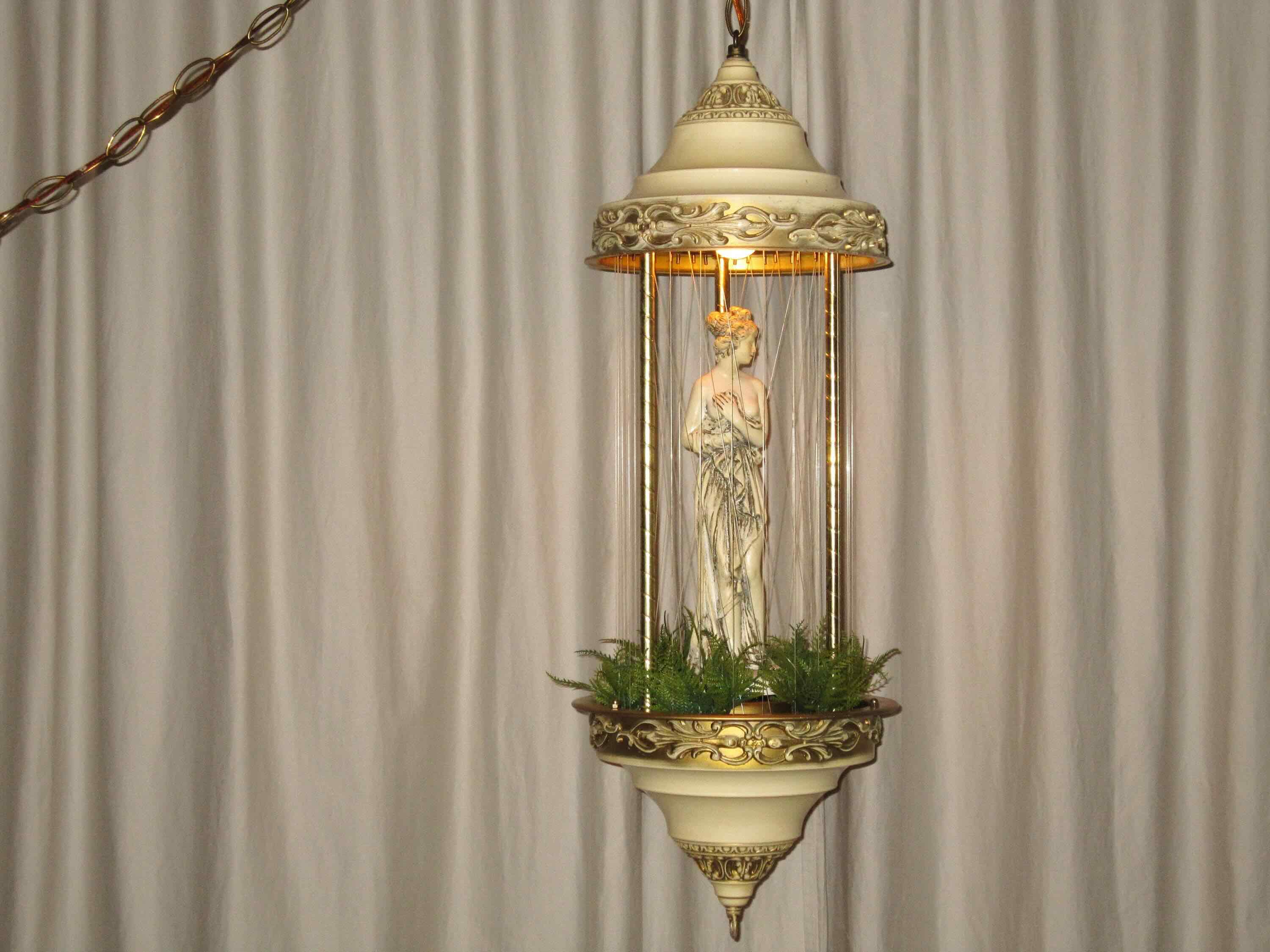

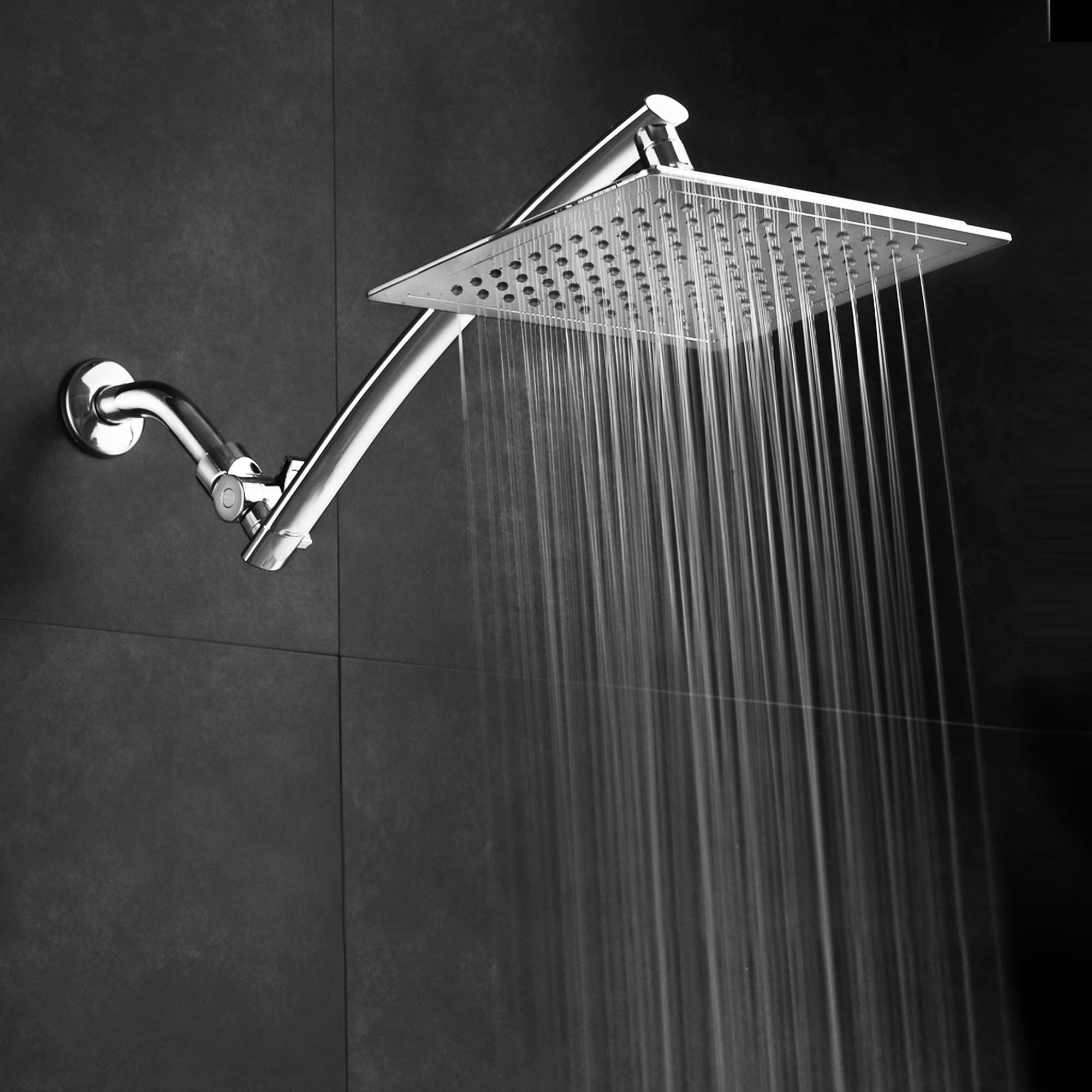




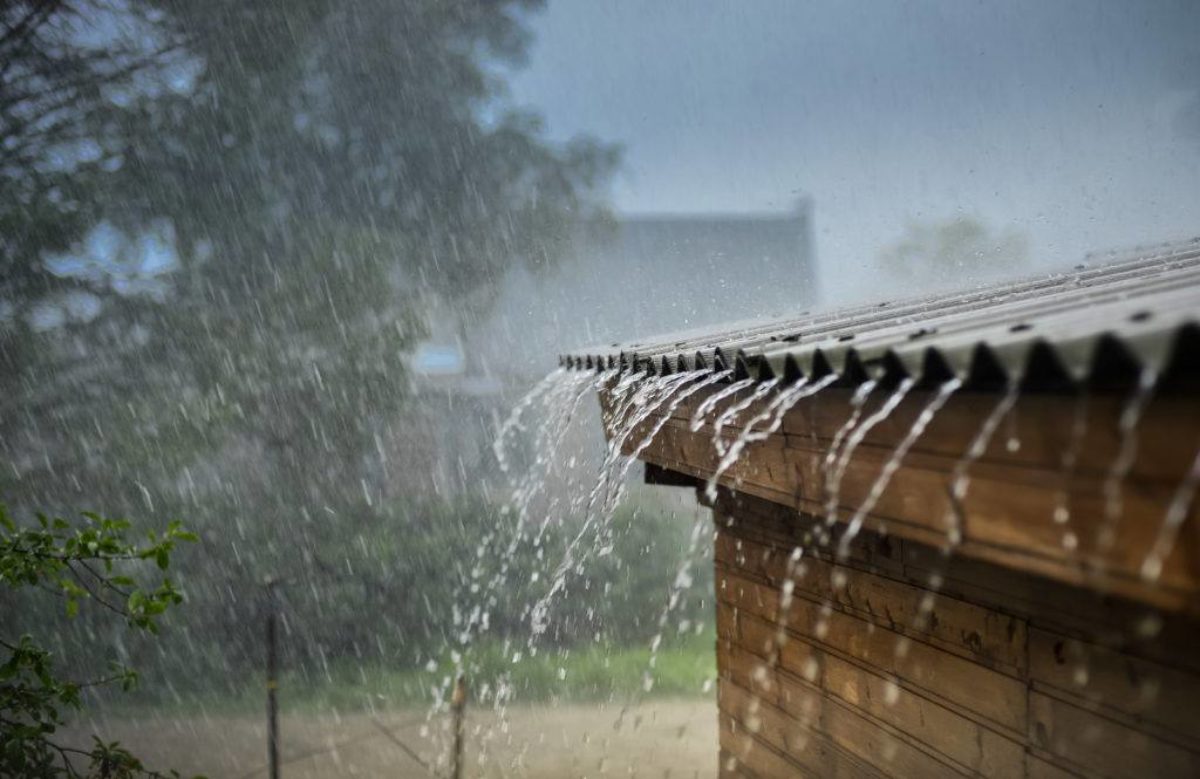
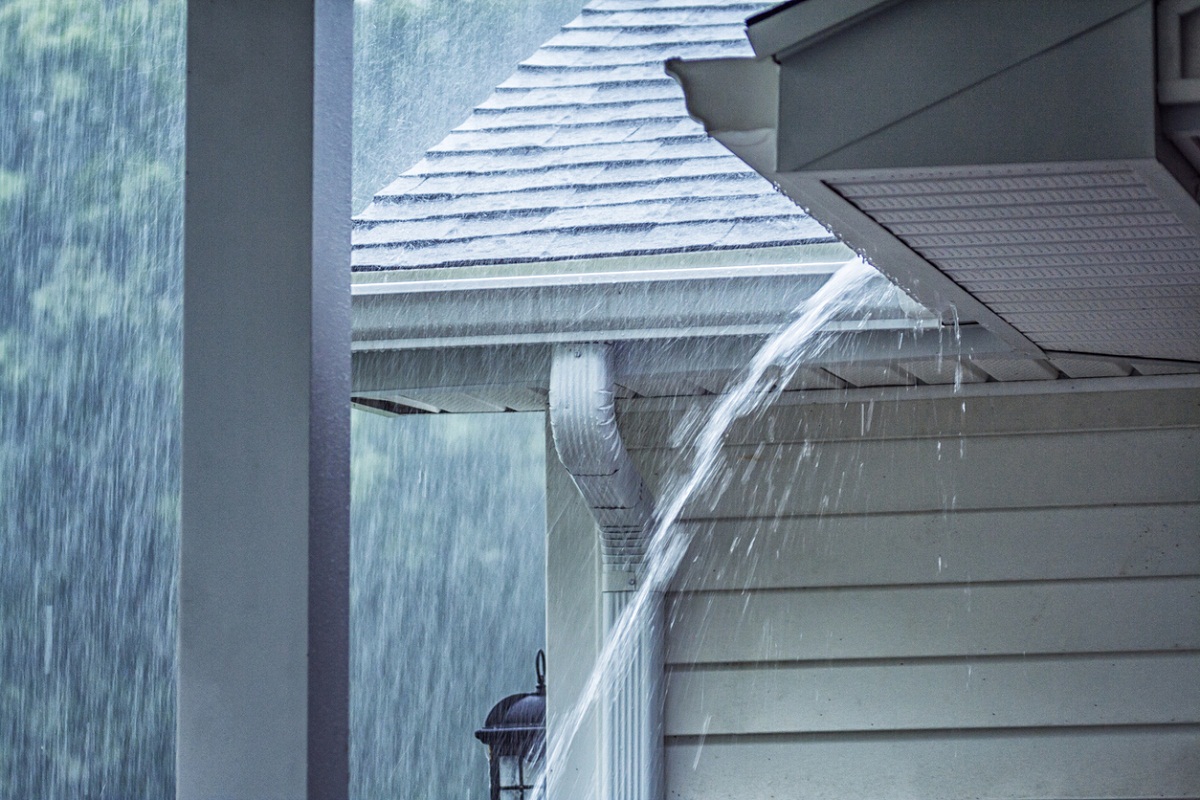

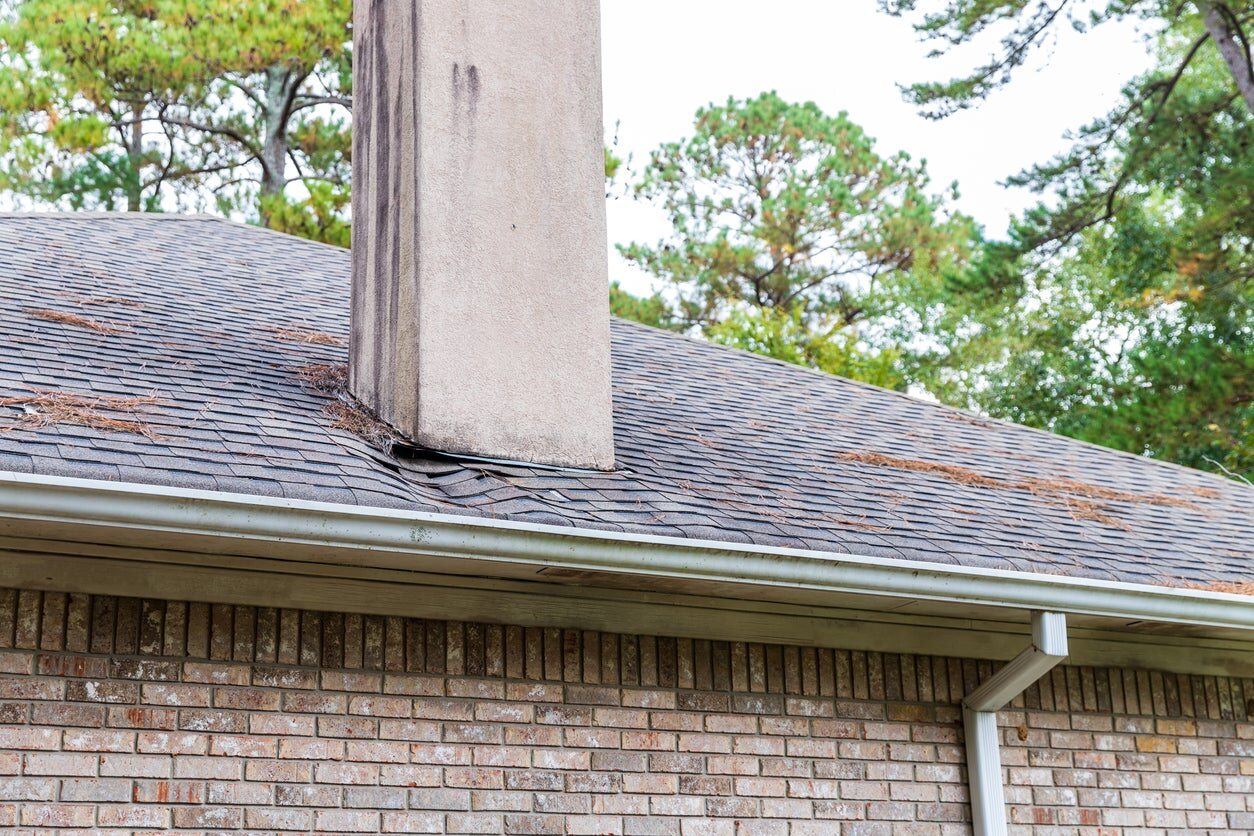
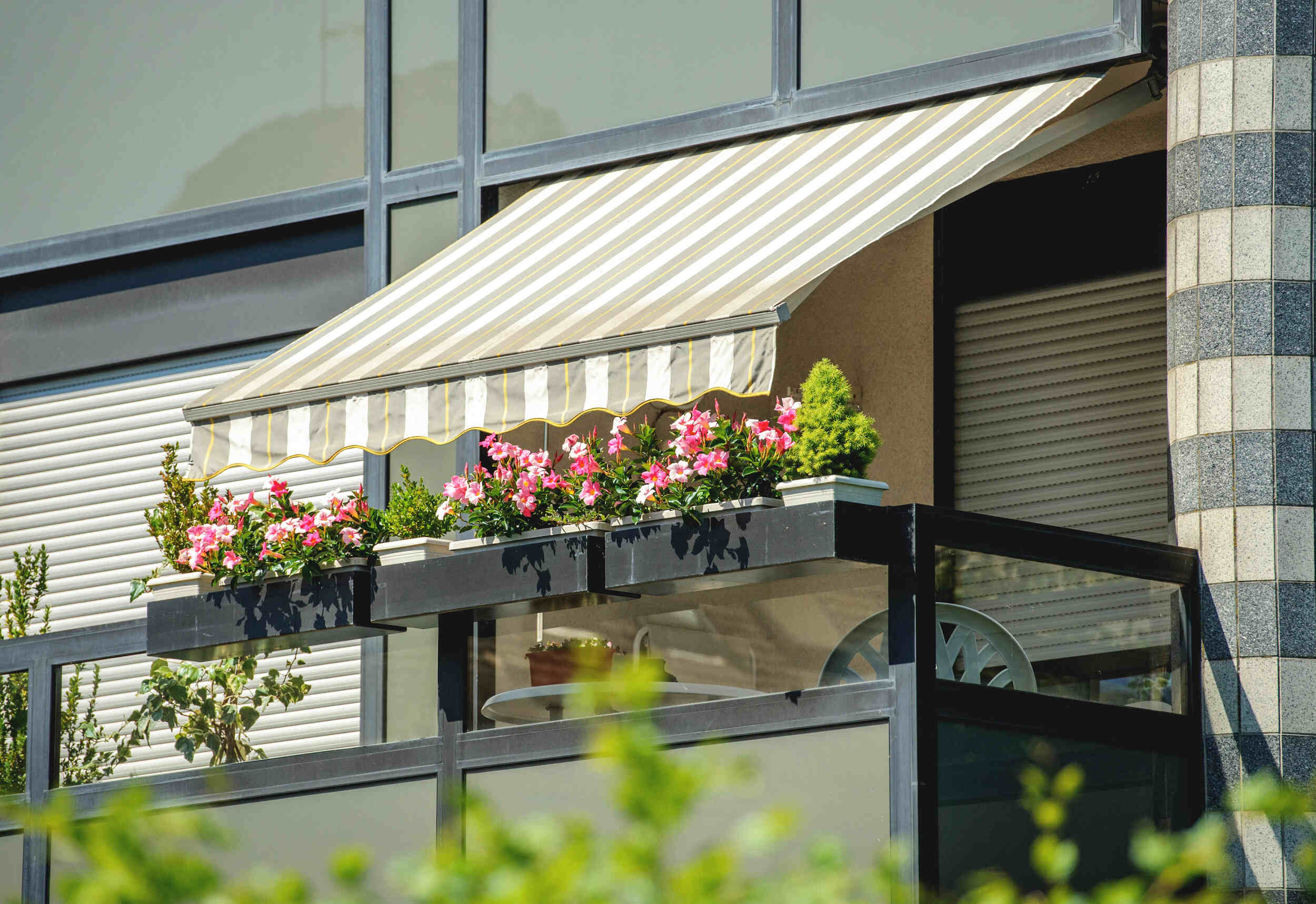
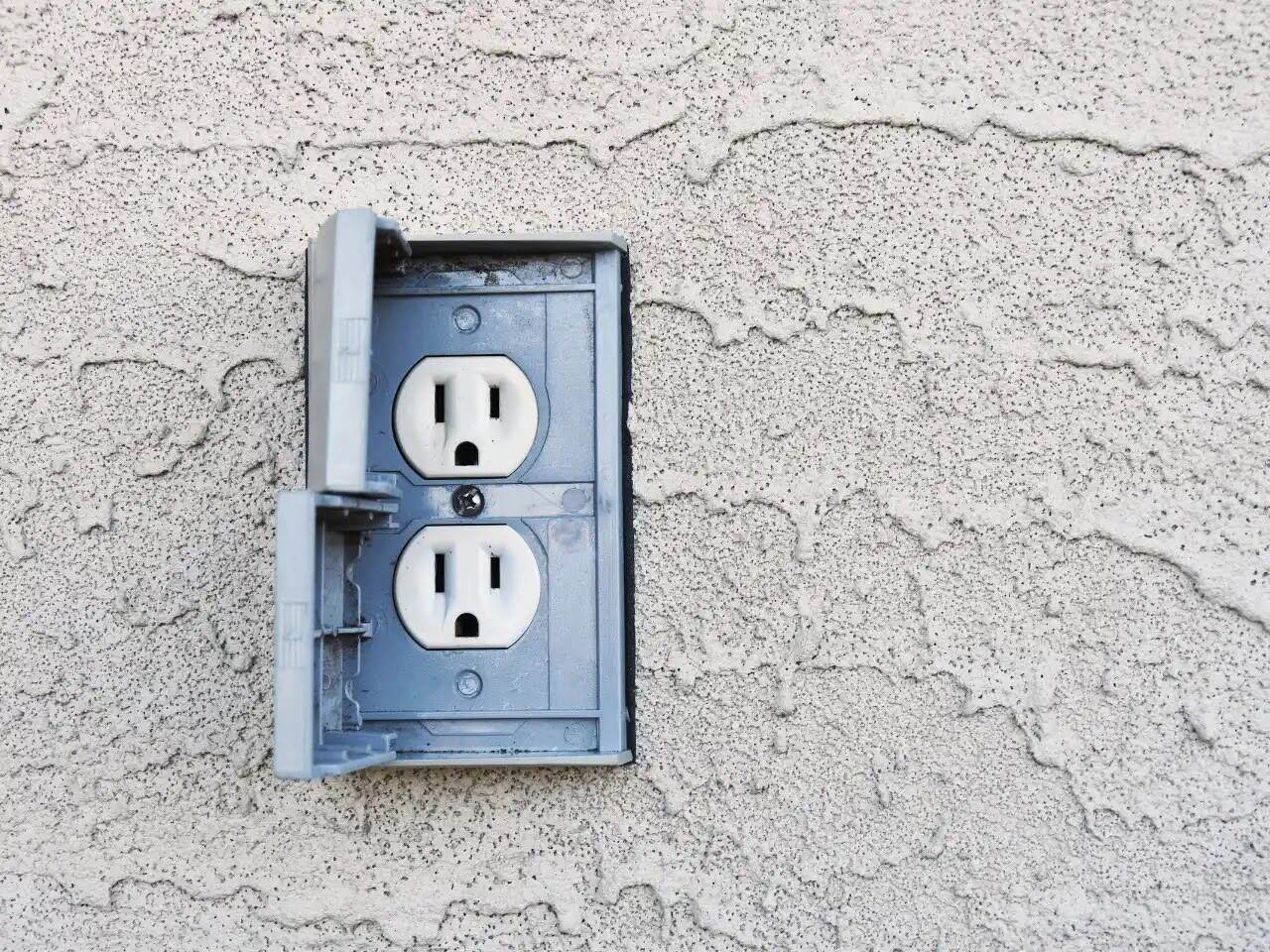

0 thoughts on “What Is Rain Glass”